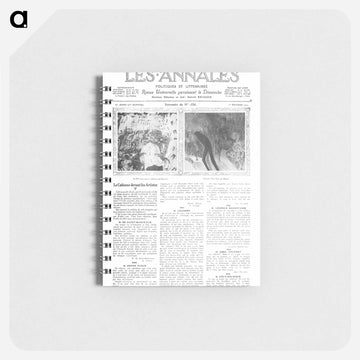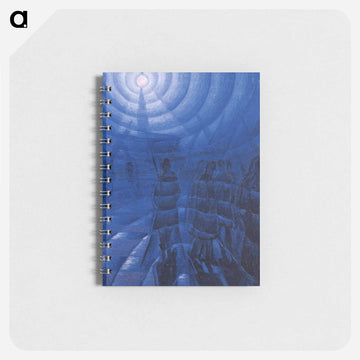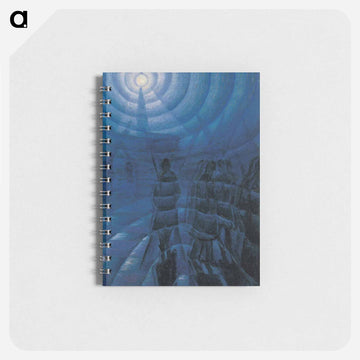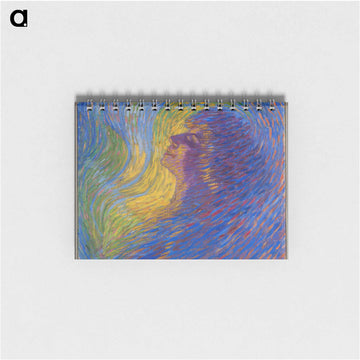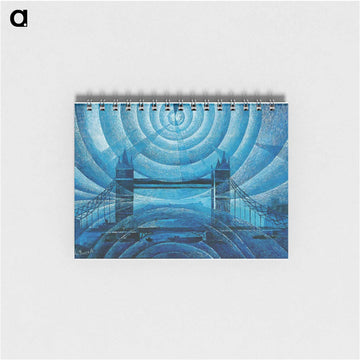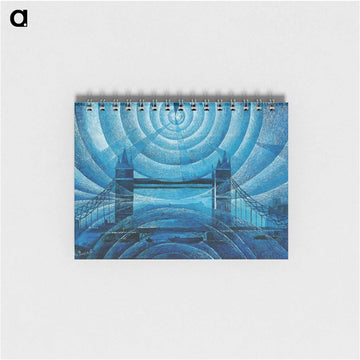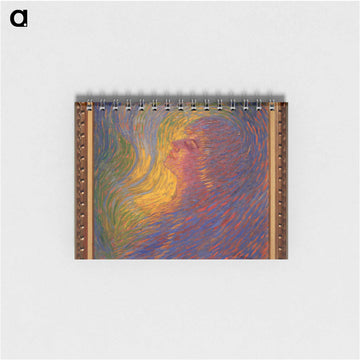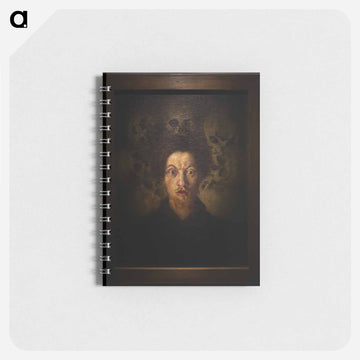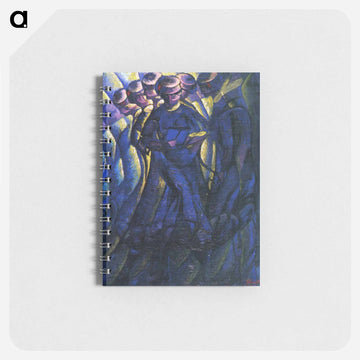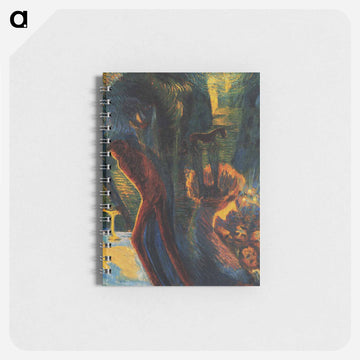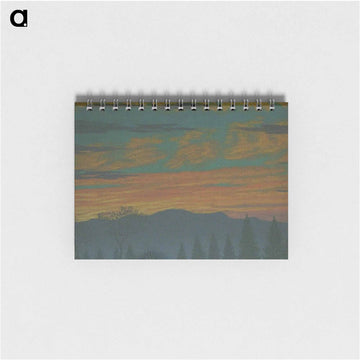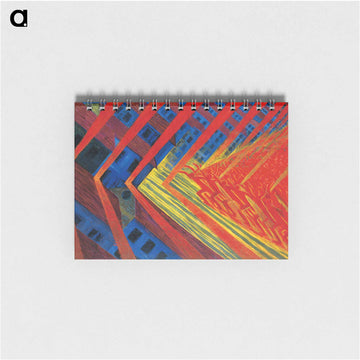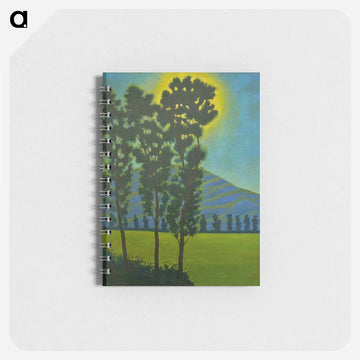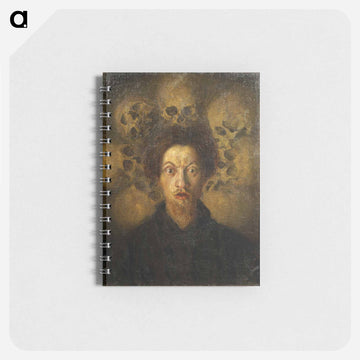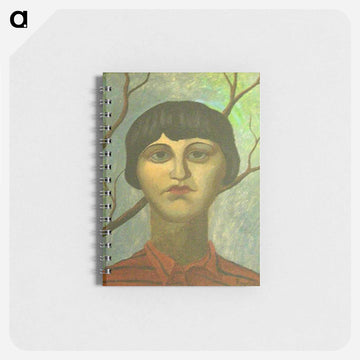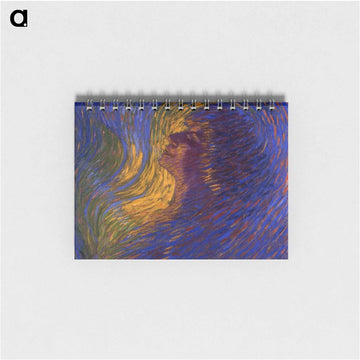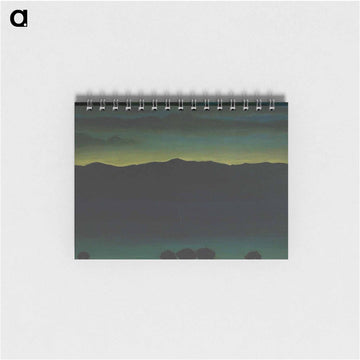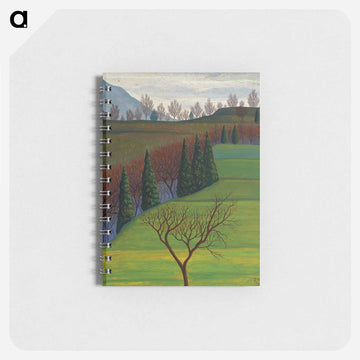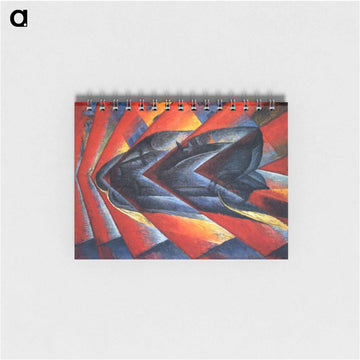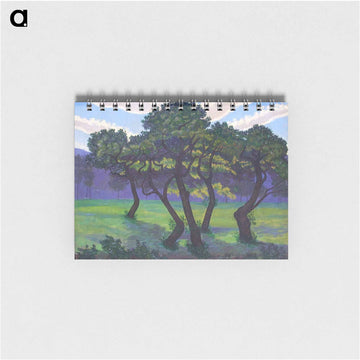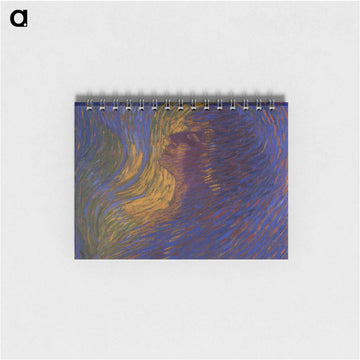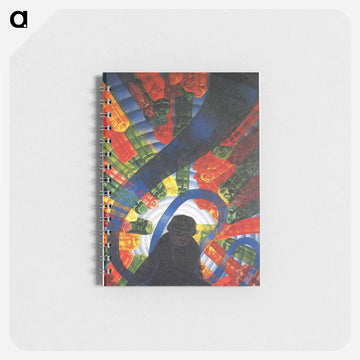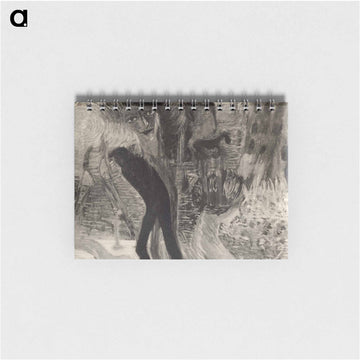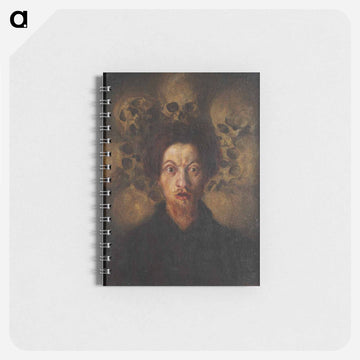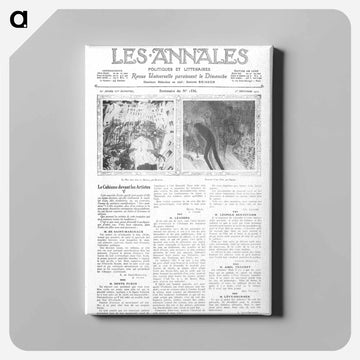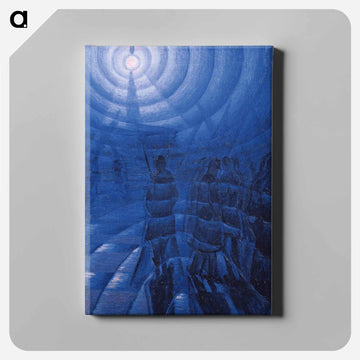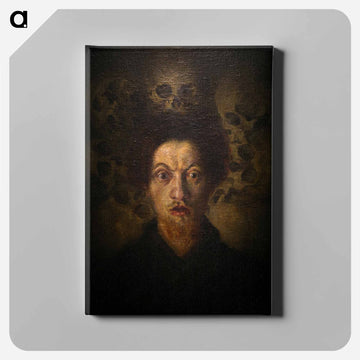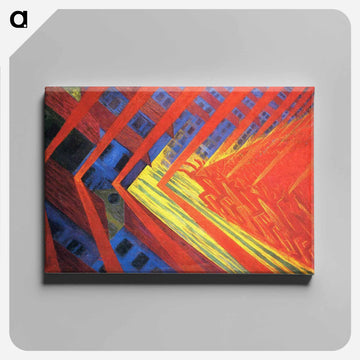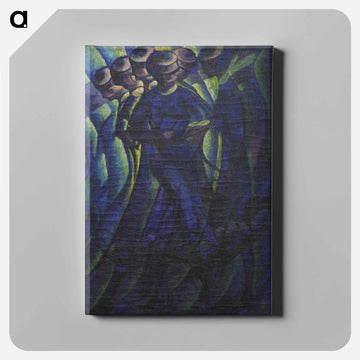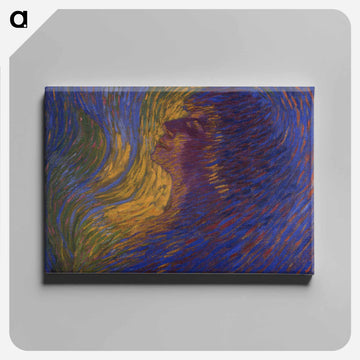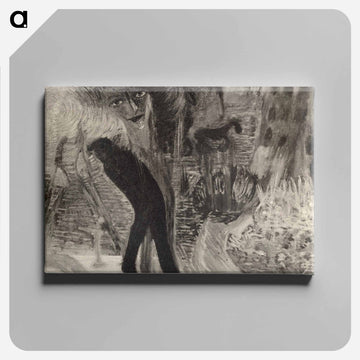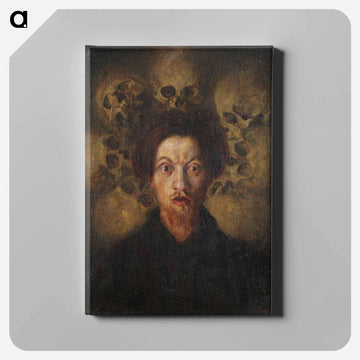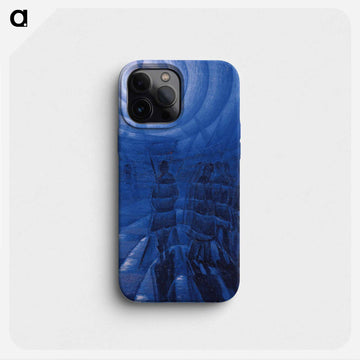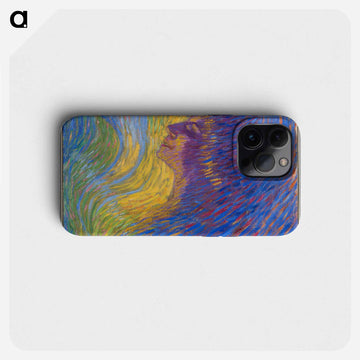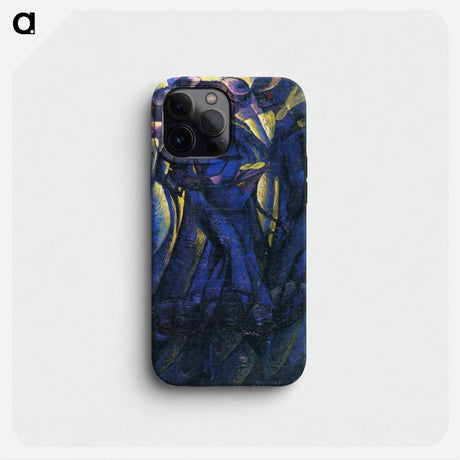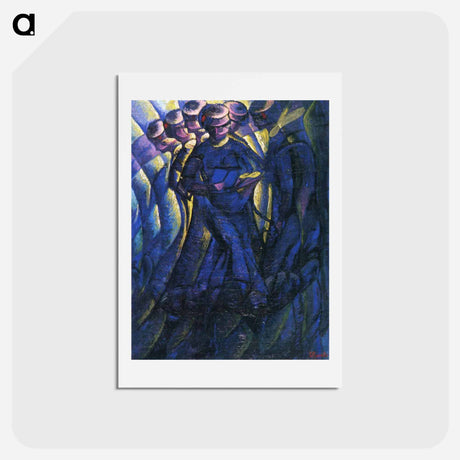Luigi Russolo, 1912, Sintesi plastica dei movimenti di una donna (Synthèse plastique des mouvements d'une femme), oil on canvas, 86 x 65 cm, Musée de Grenoble - ルイージ ルッソロ Memo.
Luigi Russolo, 1912, Sintesi plastica dei movimenti di una donna (Synthèse plastique des mouvements d'une femme), oil on canvas, 86 x 65 cm, Musée de Grenoble - ルイージ ルッソロ Memo. - B6(128×182) is backordered and will ship as soon as it is back in stock.
【出荷予定について】
※土日祝定休
製品説明
製品説明
artgraph.オリジナルの名画のメモ帳
●選ばれる3つの特徴
1.用途に合わせて選べるサイズ
コンパクトで持ち運びしやすくメモとして使用しやすいB6サイズをご用意。
2.厚手でなめらかな上質紙
通常のノートより丈夫で厚手な上質紙を使用しています。アイデアブックのように書き込んで見返すことの多い場合、前のページに書いた文字のでこぼこが目立たず、次のページにも書き込みやすいところが嬉しいポイント!
3.アートが好きな大切な方へのプレゼントにも最適
ノート部分には罫線がないため、ちょっと絵を描きたい方やスケッチブックとして持ち歩きたいアート好きな方へのプレゼントにもおすすめ!
両面に印刷がしてあるので右開き左開きどちらからもご利用いただけます。
※印刷範囲のズレやトリミング位置の変更により、作品の印刷に欠損が発生する場合がございます。
- B6:120ページ(60枚) / リング色シルバー
| 作品名 | Luigi Russolo, 1912, Sintesi plastica dei movimenti di una donna (Synthèse plastique des mouvements d'une femme), oil on canvas, 86 x 65 cm, Musée de Grenoble(女性の運動のプラスティ的な綜合 ) |
| 作家名 | Luigi Russolo(ルイージ ルッソロ) |
| 制作年月日 | |
| 関連キーワード | ルイージルッソロ ら行 イタリア 未来派 19世紀 20世紀 音楽家 騒音芸術 イントナルモーリ アート ノート リングノート メモ メモブック メモパッド リングメモ インテリア おしゃれ 絵画 絵 名画 風景画 風景 雑貨 ヴィンテージ レトロ 玄関 リビング ダイニング 寝室 台所 トイレ 玄関などご自身用にも、モデルルーム、オフィス、事務所、お店、ホテル、カフェなどのディスプレイ用の複製作品としてご利用もいただいております。誕生日などのお祝い、ギフトプレゼントとしてもご利用いただいております。 |
| Related Keywords | |
| 管理番号 | 1-21 |
商品写真はできる限り実物の色に近づけるよう徹底しておりますが、 お使いのモニター設定、お部屋の照明等により実際の商品と色味が異なる場合がございます。
素材ごとに異なるニュアンスが生まれることもございますが、風合いとしてお楽しみいただければ幸いです。
お届けについて
お届けについて
出荷までの期間はポスターのみは3営業日、額装込み・キャンバス製品は10営業日程度いただいております。
それ以外の製品は10〜14営業日程度いただいております。
営業日:月〜金曜
定休日 : 土・日曜日・祝日
※サイズ・色・点数によってお届けに通常より長くお時間をいただく場合がございます。お急ぎの場合や複数点数のご購入をご検討の場合は事前にお問い合わせください。
返金交換について
返金交換について
返金・交換に関して
到着した製品に不具合がございましたら到着より7日以内に速やかにご連絡ください。
■返品・交換などの連絡先
info@artgraph.jp
返金
商品に不具合が有った場合は上記「返金・交換」をご覧下さい。
キャンセル
生産開始前であればキャンセル・返金可能ですが、生産が終了している場合は全額ご請求とさせていただきます
詳しくはこちら
安心してご注文いただけます。
Payment methods
artgraph.では運営側でクレジットカード情報を保存せず、お客様のクレジットカード情報にアクセスすることはできませんので安心してご利用ください。
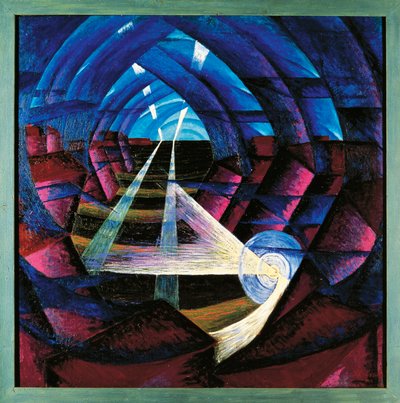
Luigi Russolo
Luigi Russolo is a representative artist of Futurism , an avant-garde art movement that arose in Italy in the early 20th century. While active as a painter, he was also known as a proponent of "noise art" and played an innovative role in the field of music. His work and theories are searched for by many people with an interest in experimental music and contemporary art using keywords such as "Luigi Russolo Futurism" , "Luigi Russolo Noise Art" , and "Intonarmori" .
Luigi Russolo Biography
- Born April 30, 1885 in Portogruaro, northeastern Italy.
- Initially, he aspired to be a musician and studied music on his own.
- Around 1909, he met Filippo Tommaso Marinetti and others in Milan and joined the Futurist movement.
- In 1910, he signed the "Futurist Manifesto" with Umberto Boccioni, Giacomo Balla, Carlo Carrà, and Gino Severini, and began his career as a Futurist painter.
- In 1913, he published a manifesto called " The Art of Noise" in which he proposed the theory of " noise art."
- Developed "Intonarmori," an instrument that uses noise as a musical material, and held a concert
- After World War I, he focused on his musical career, continuing to refine and compose intonarumori.
- From the 1930s onwards, he became more interested in philosophy and the occult, and distanced himself from artistic activities.
- Died on February 4, 1947 in Cerro di Laveno-Mombello, northern Italy (aged 61)
Representative works
- "Perfum" (1910)
- Railway Station (Stazione ferroviaria) (c. 1910-11)
- Syntheses of Dynamism (1912)
- Dynamism of an Automobile (1913)
- Force on the Rails (1911)
Although Russolo started out as a painter, he made a greater contribution in the field of music. He criticized the fact that conventional music only uses a limited number of tones, and argued that music appropriate for the age of mechanical civilization should actively incorporate all kinds of "noise" emitted by cities and machines. This theory is known as "noise art," and the keyword "Luigi Russolo noise art" is widely recognized as his most important achievement. In order to compose noise as music, Russolo also invented a noise-generating device called the "intonarumori." This is an instrument that can generate various types of noise and control the pitch and rhythm, and the keyword "intonarumori" has attracted attention as a pioneering attempt in experimental music and sound art.
His paintings, based on the principles of Futurism, often express movement, speed, and dynamism, but they are not as widely known as his musical achievements. However, recent reevaluations have brought renewed attention to Russolo as a painter. His paintings, noise art, and intonarumori are important legacies in 20th-century art, and have had a major impact on the development of contemporary music and sound art. Russolo's works and theories are studied not only in Italy but around the world, and you can find information about his achievements by searching for "Luigi Russolo Futurism" and "Luigi Russolo works."
本日のご注文受付終了まで
時間が過ぎると翌営業日のご注文扱いとなりますのでご了承くださいませ。





